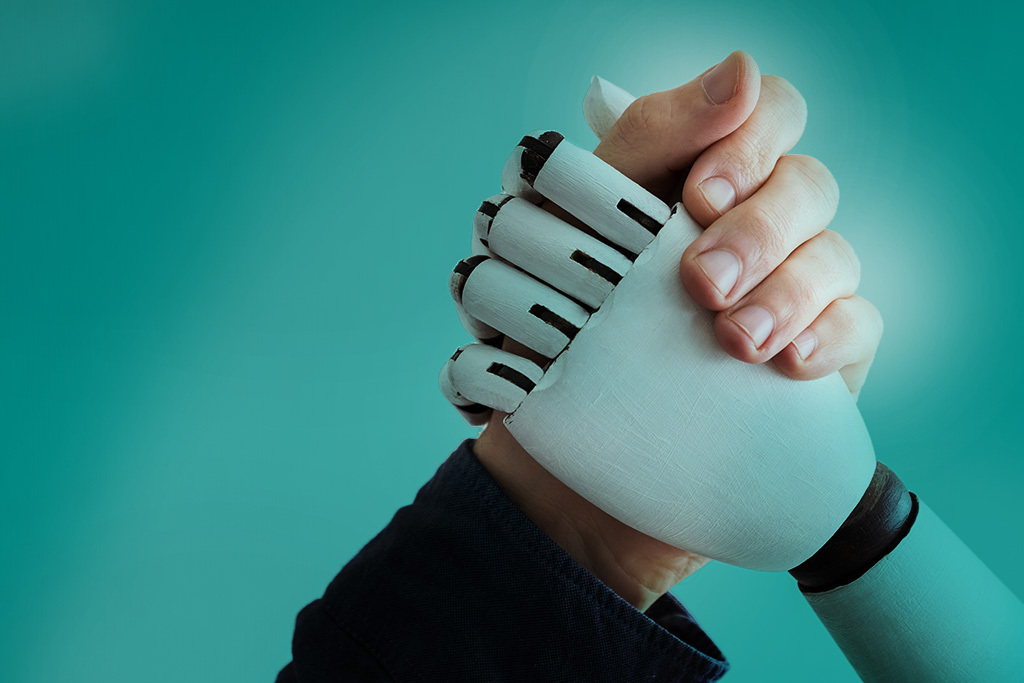PCB Board Assembly Manufacturing Support Consumer Electronics
Consumer electronics rely on well-designed and assembled PCBs to perform their functions. From cameras to gaming consoles, PCBs are found in a wide range of everyday devices. As PCB manufacturing technology advances, it allows for better performance and functionality in these electronic gadgets.
The cost of a pcb board assembly manufacturing will vary depending on the size and technical specifications as well as the quality standards required. In addition, the number of units to be produced will also affect the overall price. The price will increase as the number of layers increases and the complexity of the design. For example, a two-layer board with the same design and quality standards will cost more if it is made in North America or Western Europe than in China because of higher labour costs.
A PCB is an electronic circuit board that consists of different components and wires. The assembly process involves inserting the various components and soldering them together. It also involves implementing testing procedures to ensure that the circuit board meets certain performance requirements. For example, a device may have to meet specific voltage or speed standards to be safe and functional.
The PCBs used in consumer electronics need to be durable and able to withstand the heat, humidity, and mechanical stress that they are exposed to. Additionally, they must be able to store energy efficiently. In order to do this, they require a lot of capacitors and other high-efficiency components. Consumer electronics are also becoming increasingly complex, with more features being added to each product. This means that the PCBs used in these devices need to be able to handle more complex layouts and have higher pin count components.

Does PCB Board Assembly Manufacturing Support Consumer Electronics?
As such, the PCBs used in consumer electronics need to have better thermal conductivity and be able to withstand high temperatures. The boards also need to be more powerful and have higher power efficiency than those used in industrial electronics. Lastly, they need to be compact so that they can fit into the limited space of a small consumer device.
In order to meet all of these requirements, a PCB manufacturer needs to use advanced materials in its production processes. In addition, it must be able to provide a fast turnaround time. However, these factors can add up to a significant amount of money for the manufacturer, and this is why it is important to consider all of these costs when determining a price for the assembly.
The most common type of consumer electronics that need a PCB is a camera, which requires a printed circuit board for image processing, storage, shutter control, flash control, autofocus, and display drivers. Other common consumer electronics include electronic appliances, such as televisions (LED and LCD), washing machines, air conditioners, and dishwashers; doorbells; intercoms; and security systems. Some of these products also require PCBs to support their wireless connectivity and other features. Finally, smartwatches and other wearable electronics rely on high-performing PCBs to function properly.




